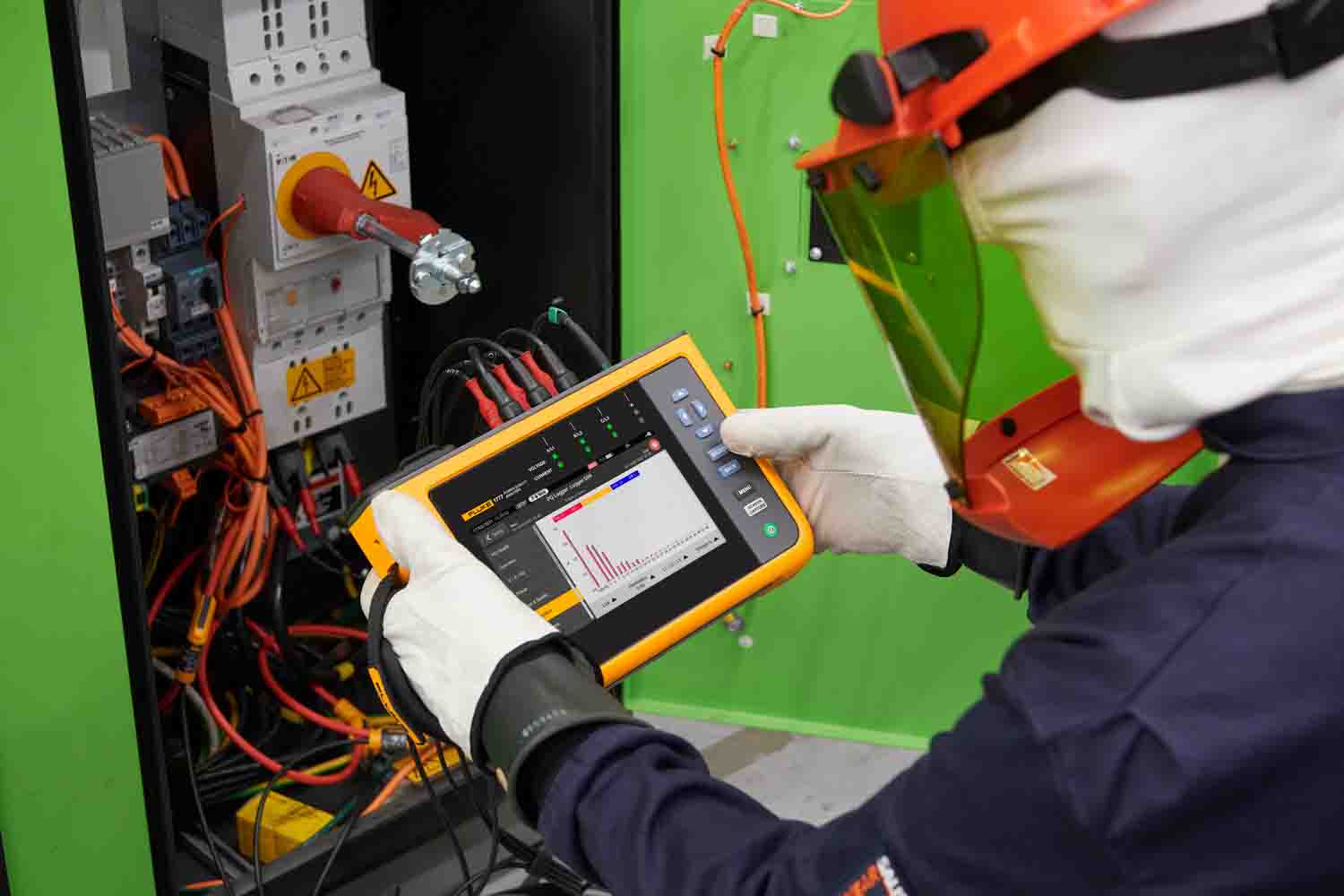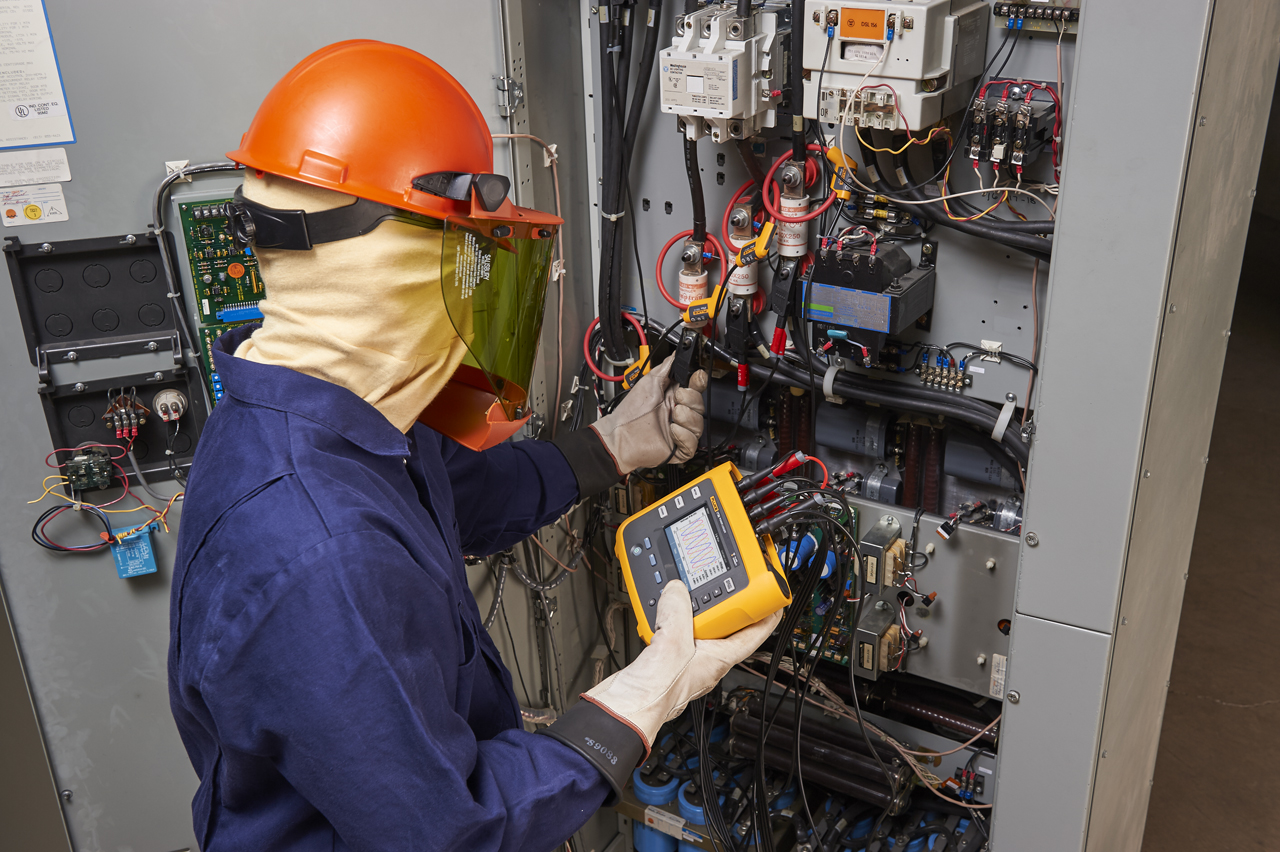Power quality refers to the infrastructure that electrical equipment has to function optimally and continuously without affecting its performance or failures in its components. In this term there must be 3 parties involved in the electrical system: the producer, consumer and the manufacturer.
When we talk about infrastructure we refer to the energy provider that generates it, the transmitter that transports it to remote sites, the distributor that receives the energy and takes it to different points and all the functions that performed by a plant manager and his maintenance crew for the proper functioning of electrical equipment.
The first signs of poor power quality are reflected in equipment failure, erratic behavior, no power and when the necessary experience is not available, we can attribute these errors to other factors both human and manufacturing.
When there is a lack of maintenance, it is most likely that we will present equipment failures such as over voltage loads, low voltage, power outage or a transient.
An adequate measurement of these parameters can guide us to the root of the problem and even when we have no idea where it comes from. This will help us determine if the equipment failure is due to poor power quality, which is why we must be covered by a measurement and calibrated equipment.

Another of the signs that indicates that there is poor electrical quality is when the budget that we allocate to maintenance is used to a great extent in external repairs of a brand that sometimes we attribute the problem to the manufacturer, but behind all this, we could be talking about a power quality problem.
The total loss of power in the plant is also another indication of the existence of a power problem.
All these signs together could cause our plant to begin to lose competitiveness, unexpected line stoppages, decrease productivity, unnecessary downtime and, above all, high costs of wasted energy.
When you detect any of these problems in the plant, we are most likely talking about power quality problems.
We must remember that there are other companies that offer the same service as us and that is why we would have to take care of every detail in production times.
Due to the large amount of electronic equipment that has been introduced over the years, the study and maintenance of power quality is of the utmost importance to guarantee the correct operation of the equipment and its reliability.
Without the proper training and measurement equipment for this, quality problems in electrical distribution systems may not be recognized and common symptoms of power quality and how Solving problems is the first step to achieving quality.
But how can we fix these problems?
As a client or as a provider of this service, it is essential that we rely on a medical ón, by a team that is calibrated and deliver evidence of the problems that are had. A written report that reveals where the problems are will help us to complement a measurement.
The way to detect power quality problems is mainly to ask ourselves if the equipment we are using has the capabilities to do that detection. A multimeter, clamp-on ammeter, or power meter are not sufficient tools to make a proper diagnosis.
Today there are power quality analyzers that are specifically designed to measure it.

The first tool we need to accomplish this is a set of up-to-date diagrams, followed by a power quality analyzer to help us measure and record specific parameters.
In addition, a data logger, thermal imager, infrared thermometer, and logging digital multimeter are tools that can help us troubleshoot as well.
Among the types of problems we can deal with are voltage fluctuations, voltage transients, voltage interruptions, voltage imbalance, and harmonics.
Talking about voltage fluctuations is referring to up to 80% of power quality problems. A sag is generated when the voltage drops to 90% or less of the nominal system voltage. We can determine that there is a fluctuation when we have computer crashes, unexpected shutdown of sensitive electronic equipment, and loss of data in programmable controls.
To solve this problem we must start with monitoring the load where the symptoms first occurred. Then we must compare the time the equipment failed and the time the fluctuation occurred. Here we must determine if there is a relationship and if so, we are talking about a voltage fluctuation problem.
All these possible problems that you could present, can be monitored, analyzed and compared with the operation history to determine causes and the severity of the problem in the electrical supply.
A good power quality is made up of zero interruptions in the electrical service, good regulation of the electrical voltage, harmonic distortion according to the Standard, when we do not present restarts of sensitive equipment or processes , decreases and attenuations of voltage transients that damage the equipment, due to the reduction of corrective maintenance and, due to excellent bonuses from the supplier for high power factor.
Are you experiencing power quality issues?
Fluke has the necessary instruments for the correct analysis of power quality that should not be missing in your industrial applications and electrical supply.
For example, a power and energy quality logger will help you determine power and energy quality, perform load studies, and capture hard-to-detect voltage events over a defined period of time. ti.
On the other hand, there are analyzers and equipment to solve problems.
Power quality lemmas for power quality resolution in single-phase and three-phase systems with load studies, energy waste analysis, and supply conformity checking.
At Techmaster de México we are authorized Fluke distributors, contact us and request a quote:
📧 cotizacion@techmaster.us
🌐 www.techmasterdemexico.com












